

Articles
How To Stop Rain From Coming In Screen Porch
Modified: August 28, 2024
Learn effective ways to prevent rain from entering your screen porch with these informative articles. Discover expert tips and techniques to keep your porch dry and cozy.
(Many of the links in this article redirect to a specific reviewed product. Your purchase of these products through affiliate links helps to generate commission for Storables.com, at no extra cost. Learn more)
Introduction
Welcome to the ultimate guide on how to stop rain from coming in your screen porch. If you have a screen porch, you know how wonderful it is to enjoy the outdoors without dealing with bugs and other pests. However, one major drawback of screen porches is that they are not completely weatherproof. During rainy days, water can seep through the screens and turn your relaxing space into a wet and uncomfortable mess. But fear not, as we have some effective solutions to help you keep your screen porch dry even during heavy downpours.
In this article, we will explore various methods to prevent rain from entering your screen porch. We will discuss how to assess the current state of your screen porch, identify areas of vulnerability, and apply effective measures to safeguard it from rain. By following these steps and implementing the suggested solutions, you can create a cozy and weatherproof space to enjoy all year round.
Before we dive into the solutions, it’s important to understand why rain tends to find its way into a screen porch. Screen porches are designed to allow fresh air to flow through, which means that the screens are not completely solid. This leaves small gaps and openings that water can penetrate, especially during heavy rainfall. The goal is to identify and address these vulnerable areas to ensure that your screen porch remains dry and comfortable regardless of the weather outside.
Key Takeaways:
- Protect your screen porch from rain by assessing vulnerabilities, applying weatherstripping and caulking, installing storm windows or panels, using outdoor curtains or shades, and creating a rain diverter system. Regular maintenance is crucial for long-term protection.
- Address damaged screens promptly, and conduct regular maintenance such as cleaning, inspecting seals, clearing gutters, and checking for water damage to ensure a well-protected and comfortable screen porch. Adapt solutions to your unique porch.
Read more: How To Stop Toilet Seat From Coming Loose
Understanding the Problem
Before finding a solution, it’s crucial to have a clear understanding of the problem at hand. Rainwater entering your screen porch can cause various issues, including water damage, mold and mildew growth, and discomfort when trying to enjoy your outdoor space. By understanding the problem, you can effectively address it and create a solution that suits your specific needs.
One common reason for rainwater seeping into a screen porch is the presence of gaps and openings in the screens. Over time, screens can become damaged or loose, creating spaces that allow water to enter. Additionally, improper installation or poor maintenance of the screens can also contribute to this problem. Furthermore, if your screen porch is exposed to strong winds during a storm, it can push rainwater through the screens, causing it to enter your space.
Another factor to consider is the design and construction of your screen porch. Some screen porch designs may inherently be more prone to water leakage than others. For example, if your screen porch has a low pitch roof or lacks proper gutters and drainage systems, rainwater can pool and find its way through the screens. Similarly, if the screen porch was not built with weatherproof materials or follows poor construction practices, it may be more susceptible to water infiltration.
Understanding the problem also involves considering the intensity and frequency of rainfall in your area. If you live in a region with heavy and regular rainfall, the likelihood of rainwater entering your screen porch may be higher. By taking into account these factors, you can better evaluate the solutions we will discuss and determine which ones are most suitable for your specific situation.
Now that we have a better understanding of why rainwater enters a screen porch, let’s delve into the different methods you can employ to prevent this issue from occurring.
Assessing the Current State of Your Screen Porch
Before implementing any solutions, it’s essential to evaluate the current state of your screen porch. This assessment will help you identify any existing issues or vulnerabilities that may contribute to rainwater entering your space. Here are a few key areas to inspect:
- Screens: Carefully examine the screens on your porch to determine if there are any tears, holes, or loose fittings. Pay attention to the edges and corners where screens may be more prone to damage.
- Framing: Inspect the frame around the screens to ensure it is sturdy and secure. Look for signs of rot, decay, or damage that may compromise the integrity of the structure.
- Seals: Check the seals around windows, doors, and any other openings in your screen porch. Over time, these seals can degrade or become loose, allowing water to seep through. Make note of any areas that may require resealing.
- Gutters and downspouts: Examine the gutters and downspouts attached to your screen porch. Inspect for any blockages or damage that may prevent proper water flow away from your porch.
- Roof and drainage: Assess the pitch and condition of your screen porch roof. Ensure that it has proper drainage systems in place to prevent water pooling and seepage. Look for any signs of leaks or weakness in the roof structure.
During the assessment, make note of any areas of concern or potential weaknesses in your screen porch. By identifying these issues, you can prioritize and address them as you implement the solutions to prevent rainwater from entering your space.
It’s also a good idea to take into account the age of your screen porch and when it was last inspected or maintained. If it has been several years or if you notice significant deterioration, it may be necessary to consider more extensive repairs or renovations to ensure the long-term integrity of your screen porch.
Once you have completed the assessment, you will have a clearer understanding of the condition of your screen porch and be better prepared to implement the necessary measures to protect it from rainwater infiltration.
Identifying Areas of Vulnerability
After assessing the current state of your screen porch, it’s important to identify the areas that are most vulnerable to rainwater penetration. By pinpointing these areas, you can prioritize your efforts and focus on implementing the most effective solutions. Here are some common areas that tend to be more susceptible to water leakage:
- Screen joints: Pay close attention to the joints where screens meet each other or where they attach to the frame. These areas can be prone to gaps or loose fittings, allowing water to seep through.
- Door and window frames: Inspect the frames surrounding doors and windows in your screen porch. Check for any cracks, gaps, or deteriorated seals that may allow rainwater to enter.
- Lower sections of screens: Water tends to accumulate at the base of the screen porch, making the lower sections of screens more vulnerable to water infiltration. Look for any signs of damage or weakened screens in these areas.
- Bottom of the screen porch: Examine the bottom of your screen porch where it meets the ground or foundation. Ensure that there are no gaps or openings that would allow rainwater to flow in from the outside.
- Ventilation openings: If your screen porch has ventilation openings or louvers, inspect them for any damage or gaps that may allow rainwater to pass through. These areas can be overlooked but can contribute to water infiltration.
- Roof connections: Inspect the connections between the roof of your screen porch and the walls or frame. Look for any areas where water may be able to seep through, such as loose or deteriorated flashing.
While these are common areas of vulnerability, it’s important to keep in mind that every screen porch is unique, and the vulnerable areas can vary. Take a thorough look at your specific screen porch and note any additional areas that may be susceptible to rainwater leakage.
By identifying these vulnerable areas, you can target them with the appropriate solutions, such as weatherstripping, caulking, or other protective measures. Remember, addressing these vulnerabilities is crucial in creating a weatherproof screen porch that will keep you dry during rainy days.
Applying Weatherstripping and Caulking
One effective way to prevent rainwater from entering your screen porch is by applying weatherstripping and caulking to seal any gaps or openings. Weatherstripping refers to the process of sealing gaps between moving parts, such as doors and windows, while caulking is used to seal stationary parts and joints.
Here’s how you can apply weatherstripping and caulking to reinforce the integrity of your screen porch:
- Inspect for gaps: Carefully examine the areas where screens, doors, and windows meet the frame. Look for any gaps or spaces that may allow water to seep through.
- Select the appropriate materials: Depending on the gaps you identified, choose the suitable weatherstripping and caulking materials. There are various options available, such as adhesive-backed foam tape, rubber gaskets, door sweeps, and silicone caulk.
- Clean and prepare the surfaces: Before applying weatherstripping or caulking, clean the surfaces thoroughly and remove any old sealants or debris. This will ensure proper adhesion and effectiveness.
- Apply weatherstripping: Measure and cut the weatherstripping to fit the desired areas. Peel off the backing and press the weatherstripping firmly into place, focusing on sealing any gaps or openings.
- Apply caulking: Use a caulk gun to apply a bead of caulk along joints, seams, and any other areas that require sealing. Smooth the caulk with a caulk tool or your finger to create an even and seamless finish.
- Allow drying time: Follow the manufacturer’s instructions for drying time. It is important to allow the weatherstripping and caulking to cure properly before exposing it to rain and moisture.
By applying weatherstripping and caulking, you can significantly reduce the risk of rainwater entering your screen porch through gaps and openings. This method is especially effective for sealing windows, doors, and other movable components of your screen porch.
Remember to periodically check the weatherstripping and caulking for signs of wear or deterioration. Over time, they may need to be replaced to maintain their effectiveness in keeping your screen porch water-free.
Continue reading to learn about another option for protecting your screen porch from rain: installing storm windows or panels.
Installing Storm Windows or Panels
Another effective solution for preventing rainwater from entering your screen porch is by installing storm windows or panels. Storm windows or panels provide an additional layer of protection against the elements, including rain and strong winds. They offer a barrier that can help keep your screen porch dry and comfortable during inclement weather.
Here’s a step-by-step guide on how to install storm windows or panels:
- Measure your screen porch: Start by measuring the dimensions of your screen porch, taking into account the size and shape of the windows or openings you want to cover.
- Choose the appropriate storm windows or panels: Determine whether you prefer removable storm windows or permanent panels. Evaluate factors such as ease of installation, durability, and aesthetic appeal.
- Prep the area: Clean the window frames or openings where the storm windows or panels will be installed. Remove any debris, dust, or loose materials to ensure a proper fit.
- Install the storm windows or panels: Follow the manufacturer’s instructions for installation. Typically, storm windows can be attached directly to the existing window frame using screws or clips. Panels may require additional mounting brackets or tracks.
- Seal the edges: Apply a weatherproof sealant or caulk around the edges of the storm windows or panels to create a watertight seal and prevent rainwater from seeping in.
- Regular maintenance: Keep an eye on the condition of the storm windows or panels. Clean them as needed and check for any signs of damage or wear that may compromise their effectiveness.
Installing storm windows or panels is a more permanent solution compared to weatherstripping and caulking. It provides an added layer of protection to help keep your screen porch dry and minimize the risk of rainwater entering your space.
Additionally, storm windows or panels can provide insulation benefits by reducing drafts and improving energy efficiency. They can help keep your screen porch comfortable during both the rainy and colder months.
Continue reading to discover another option for creating a barrier against rainwater: using outdoor curtains or shades.
Install clear vinyl panels or curtains around the screen porch to create a barrier against rain and wind while still allowing natural light to enter.
Using Outdoor Curtains or Shades
Using outdoor curtains or shades is an effective and aesthetically pleasing option to protect your screen porch from rain. These versatile additions not only provide a barrier against rainwater but also offer privacy and shade. They can transform your screen porch into a cozy and versatile space that can be enjoyed even during rainy days.
Here’s how you can utilize outdoor curtains or shades to prevent rainwater from entering your screen porch:
- Select the right materials: Choose outdoor curtains or shades made from weather-resistant fabric, such as polyester or vinyl. These materials are designed to withstand exposure to rain and moisture.
- Measure and install: Measure the dimensions of your screen porch windows or openings and purchase curtains or shades that fit accordingly. Install curtain rods or track systems to hang the curtains or shades securely.
- Close the curtains or lower the shades: Before rain showers, close the curtains or lower the shades to create a protective barrier. This will block rainwater from entering your screen porch and keep the interior dry.
- Consider tie-backs or fasteners: If you want the option to let in natural light or have an open view during dry periods, use tie-backs or fasteners to hold the curtains or shades in place when not needed for rain protection.
- Regular maintenance: To prolong the life of outdoor curtains or shades, clean them periodically according to the manufacturer’s instructions. Remove any debris or dirt that may accumulate on the fabric.
Outdoor curtains or shades offer a flexible solution to protect your screen porch from rain while adding style and functionality to your space. They allow you to enjoy the outdoors even when it’s raining, creating a cozy retreat where you can relax and unwind.
Additionally, outdoor curtains or shades can be a great way to add a decorative touch to your screen porch. With a wide variety of colors, patterns, and styles available, you can choose options that complement your outdoor décor and enhance the visual appeal of your space.
Now that you’re familiar with using outdoor curtains or shades, let’s explore another option for keeping rain out of your screen porch: creating a rain diverter system.
Creating a Rain Diverter System
Creating a rain diverter system is an effective way to redirect rainwater away from your screen porch, minimizing the chances of it entering your space. By channeling rainwater towards drainage areas, you can keep your screen porch dry and free from the potential damage caused by excessive water. Here’s how you can create a rain diverter system:
- Assess the surrounding area: Take a look at the landscape around your screen porch and identify the direction from which rainwater typically flows towards your porch. Identify any low-lying areas or potential paths where water may accumulate.
- Install gutters and downspouts: If your screen porch doesn’t already have gutters and downspouts, consider installing them. Gutters collect rainwater and direct it towards downspouts, which can then be connected to a drainage system or directed away from your screen porch.
- Create a slope: Ensure that the ground around your screen porch slopes away from the structure. This allows rainwater to naturally flow away from the porch instead of collecting near it.
- Add gravel or rocks: Along the perimeter of your screen porch, place a layer of gravel or rocks. This can help in absorbing and redirecting rainwater away from the porch, preventing pooling or accumulation.
- Consider a rain barrel: Install a rain barrel near your screen porch to collect rainwater from the gutters. This not only diverts water away from the porch but also provides a sustainable source of water for gardening or other outdoor activities.
- Plant vegetation: Strategically plant trees, shrubs, or other vegetation around your screen porch. These plants can help absorb and disperse rainwater, preventing it from flowing directly towards your porch.
Creating a rain diverter system can significantly reduce the chances of rainwater entering your screen porch. By controlling the flow of water and directing it away from the structure, you can maintain a dry and comfortable space even during heavy rainfall.
Regularly check and maintain your rain diverter system to ensure it remains effective. Clear any debris that may clog gutters or downspouts, and inspect the condition of the slope, gravel, and vegetation to ensure proper water diversion.
Now that you have learned about creating a rain diverter system, let’s discuss another crucial aspect: repairing or replacing damaged screens.
Repairing or Replacing Damaged Screens
If your screen porch has damaged screens, it’s essential to address them promptly to prevent rainwater from entering your space. Damaged screens can create openings or gaps through which water can easily penetrate. By repairing or replacing damaged screens, you can ensure the integrity of your screen porch and maintain a dry environment. Here’s what you need to do:
- Inspect the screens: Thoroughly examine each screen on your screen porch to identify any tears, holes, or loose fittings. Pay attention to the edges, corners, and areas that are most prone to damage.
- Repair small tears or holes: If you notice small tears or holes, you can often repair them using screen patch kits. These kits usually contain adhesive patches that you can apply to cover the damaged area and restore the screen’s integrity.
- Replace severely damaged screens: For screens that are beyond repair or have extensive damage, it’s best to replace them entirely. Measure the dimensions of the damaged screens and purchase new ones that fit properly.
- Remove the damaged screens: Carefully remove the damaged screens from their frames, ensuring not to cause further damage. Take note of the specific locations of each screen for easy installation of the replacements.
- Install the new screens: Place the new screens into the frames, securing them tightly using the appropriate tools or hardware. Ensure that the screens fit snugly and there are no gaps or loose fittings.
- Test for effectiveness: Once the new screens are installed, test their effectiveness by pouring water over them or using a hose to simulate rain. Check for any signs of water seepage, and make any necessary adjustments or corrections.
Repairing or replacing damaged screens is crucial in keeping rainwater out of your screen porch. It maintains the integrity of the screens, ensuring that they serve their purpose effectively in keeping pests and debris out, while allowing fresh air to flow through.
Regularly inspect your screens for signs of wear or damage, and address any issues promptly. By doing so, you can maintain a well-protected and comfortable screen porch that remains dry even during rainy weather.
Now that you know how to repair or replace damaged screens, let’s move on to the final section: regular maintenance tips to keep your screen porch in optimal condition.
Read more: How To Screen In A Porch
Regular Maintenance Tips
To ensure that your screen porch remains in optimal condition and resistant to rainwater penetration, regular maintenance is essential. By implementing these maintenance tips, you can prolong the lifespan of your screen porch and enjoy its benefits for many years to come:
- Clean the screens: Regularly clean the screens to remove dirt, debris, and any buildup that may block airflow or compromise their integrity. Use a soft brush or gentle cleaning solution to avoid damaging the screens.
- Inspect and repair seals: Periodically check the seals around windows, doors, and other openings in your screen porch. Look for signs of wear, cracks, or gaps, and promptly repair or replace the seals as needed to maintain a watertight barrier.
- Clear gutters and downspouts: Regularly remove any leaves, twigs, or other debris from your gutters and downspouts to ensure proper water flow. Clogged gutters can cause water to overflow and potentially seep into your screen porch.
- Trim nearby vegetation: Trim any trees, bushes, or plants that are in proximity to your screen porch. Overhanging branches or foliage can cause additional debris and increase the risk of damage to your screens or clogging of gutters.
- Inspect for signs of water damage: Regularly check for any signs of water damage, such as discoloration, staining, or soft spots on the walls or floor of your screen porch. If you notice any issues, address them promptly to prevent further damage.
- Check for structural integrity: Assess the overall structural integrity of your screen porch. Look for any signs of rot, decay, or damage to the frame, flooring, or roof. Repair or replace any compromised components to maintain a strong and stable structure.
- Consider annual maintenance: If applicable, schedule annual maintenance for your screen porch. This may involve professional inspections, cleaning, and repairs to address any issues before they escalate.
By following these regular maintenance tips, you can keep your screen porch well-maintained and protected from rainwater infiltration. Incorporate them into your routine and address any issues promptly to prevent potential damage and ensure the longevity of your screen porch.
Now that you have a comprehensive understanding of how to prevent rain from coming into your screen porch and maintain its condition, you can confidently enjoy your outdoor space, no matter the weather.
Remember to adapt these tips to your specific screen porch and area’s conditions, as every screen porch is unique. Regular maintenance and proactive measures will keep your screen porch dry and comfortable for years of outdoor enjoyment.
If you have any further questions or need additional assistance, don’t hesitate to consult with a professional or knowledgeable expert. Happy screen porch maintenance!
Conclusion
Keeping rain from coming into your screen porch is crucial to maintain a comfortable and dry outdoor space. By understanding the problem, assessing your screen porch, identifying vulnerable areas, and implementing the appropriate solutions, you can effectively prevent rainwater from entering your space.
Weatherstripping and caulking are effective methods to seal gaps and openings, ensuring a tight seal and stopping rainwater from seeping through. Installing storm windows or panels provides an additional layer of protection, while outdoor curtains or shades offer both rain protection and added privacy and shade. Creating a rain diverter system redirects rainwater away from your screen porch, preventing it from accumulating and entering the space. Lastly, repairing or replacing damaged screens ensures that your screen porch remains intact and water-resistant.
Regular maintenance is essential to keep your screen porch in optimal condition. By cleaning the screens, inspecting and repairing seals, clearing gutters, and regularly inspecting for water damage or structural issues, you can prevent potential problems and prolong the lifespan of your screen porch.
Remember, every screen porch is unique, so adapt the solutions and maintenance tips to best suit your specific situation. By taking preventative measures and conducting regular maintenance, you can enjoy a well-protected and comfortable screen porch for years to come.
If you ever have any further questions or require assistance, don’t hesitate to consult with professionals or experts to ensure the longevity and functionality of your screen porch. Here’s to many enjoyable moments in your rain-free screen porch!
Now that you've got the know-how to keep your screen porch dry, why not take your outdoor spaces to the next level? Dive into our latest piece on sprucing up your deck, where vivid decor and functional add-ons transform any outdoor area into a haven for relaxation and entertainment. You'll find creative ideas that are perfect for enhancing your home's appeal and making the most of every sunny day.
Frequently Asked Questions about How To Stop Rain From Coming In Screen Porch
Was this page helpful?
At Storables.com, we guarantee accurate and reliable information. Our content, validated by Expert Board Contributors, is crafted following stringent Editorial Policies. We're committed to providing you with well-researched, expert-backed insights for all your informational needs.
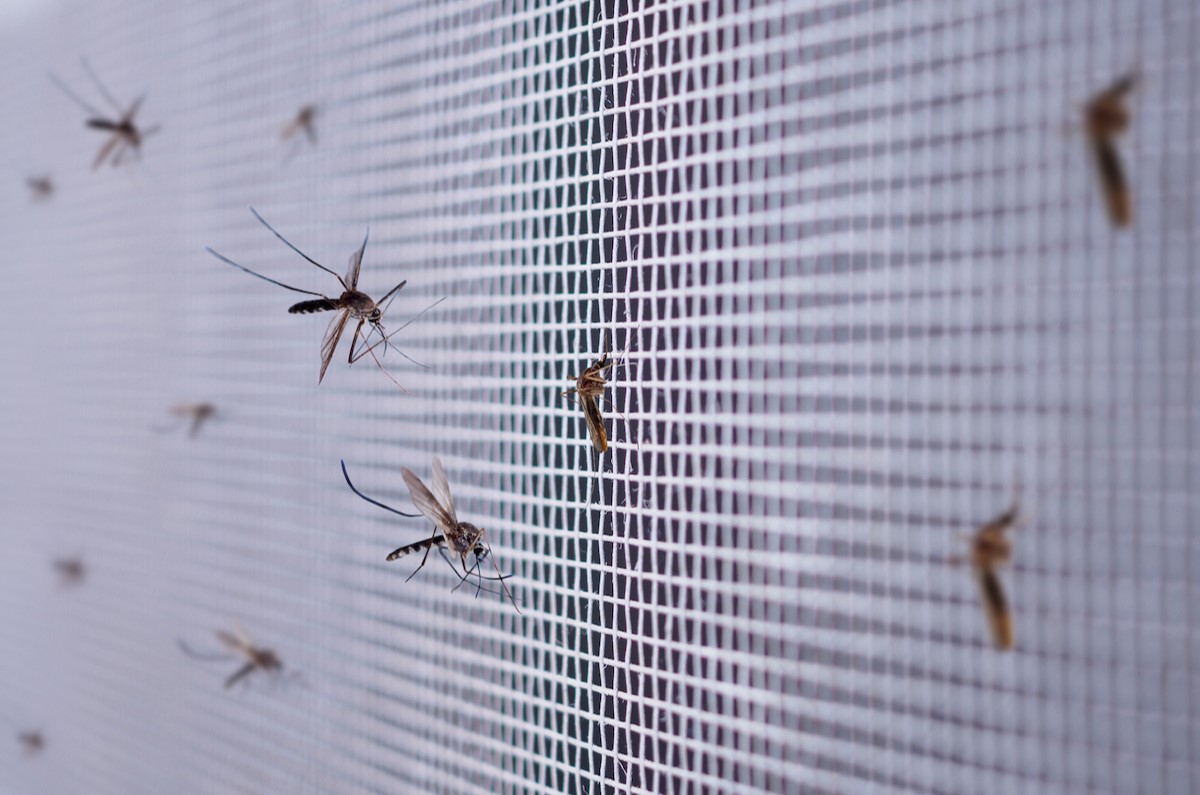
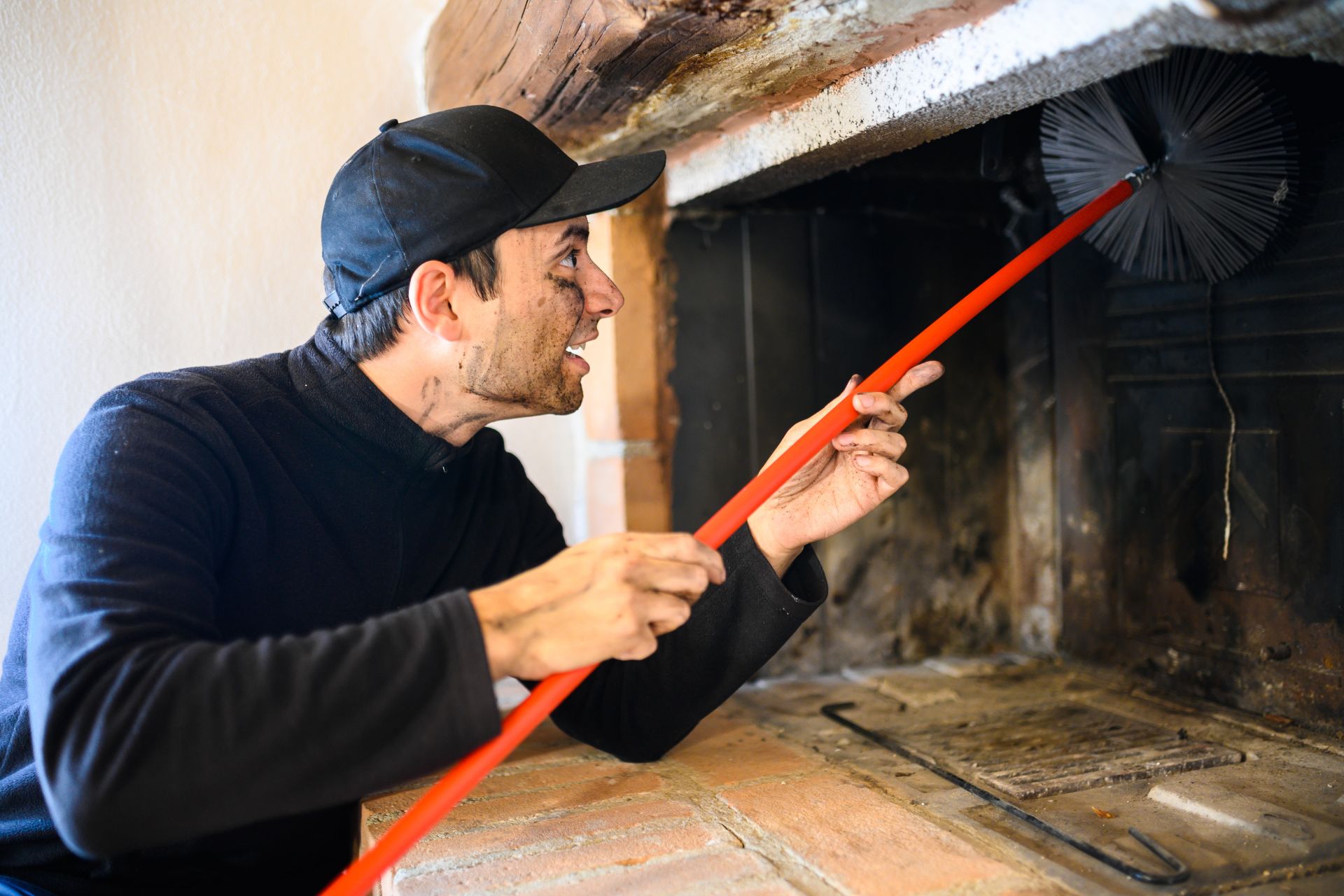
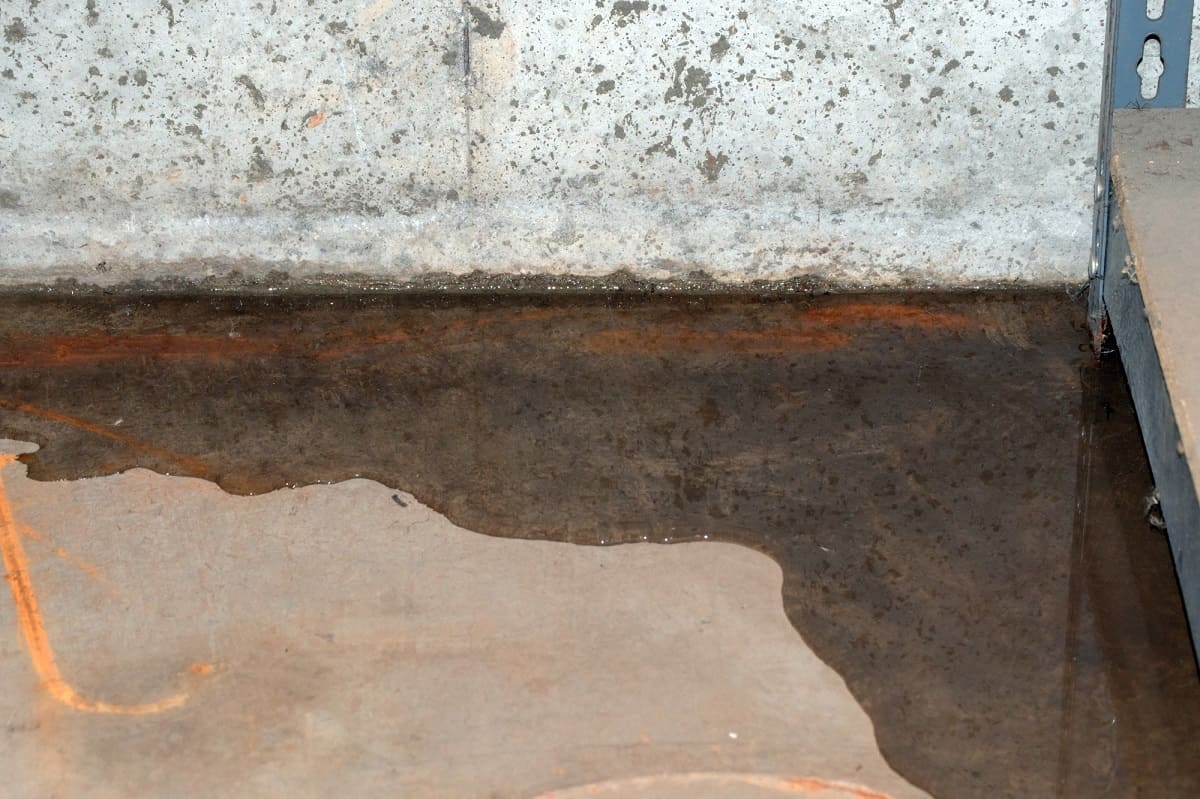

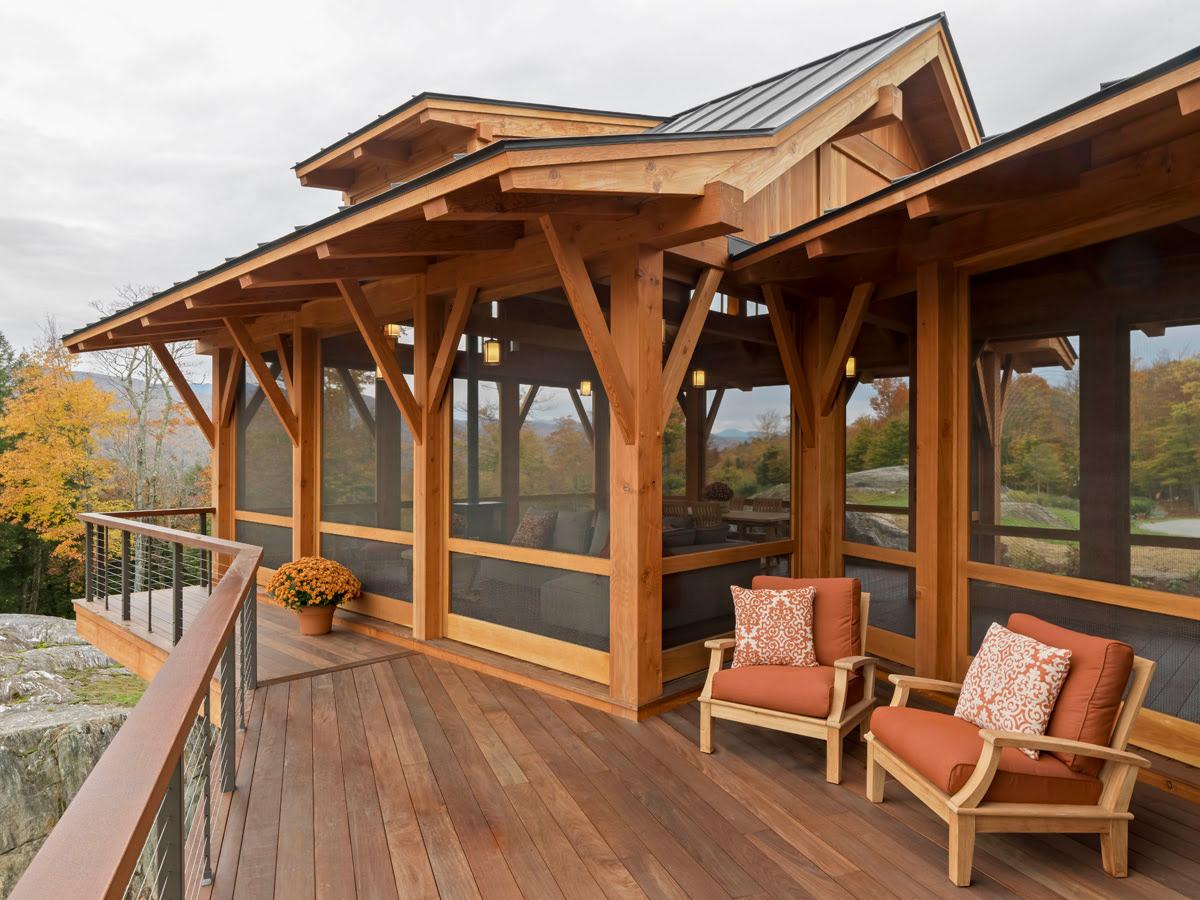
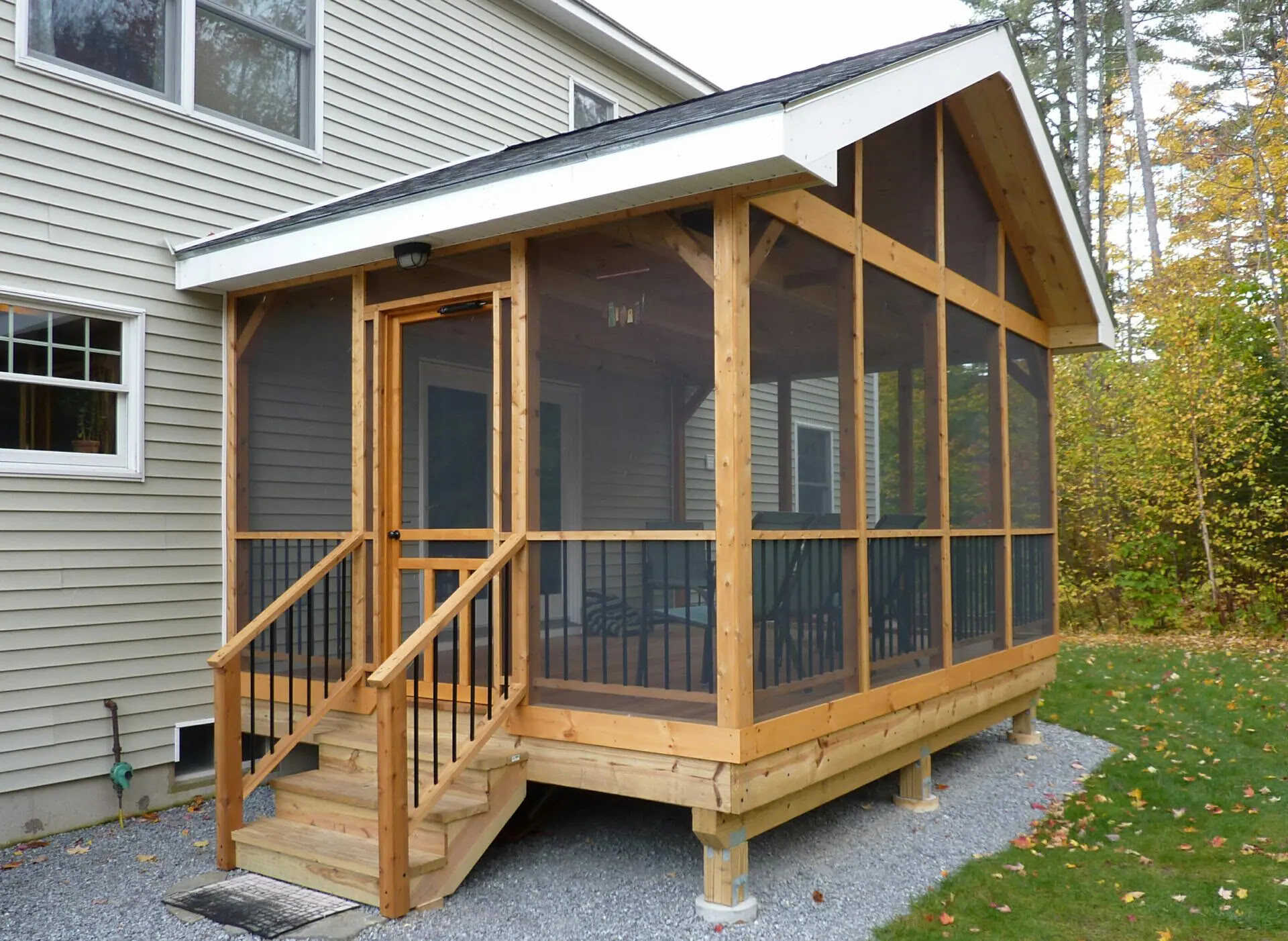
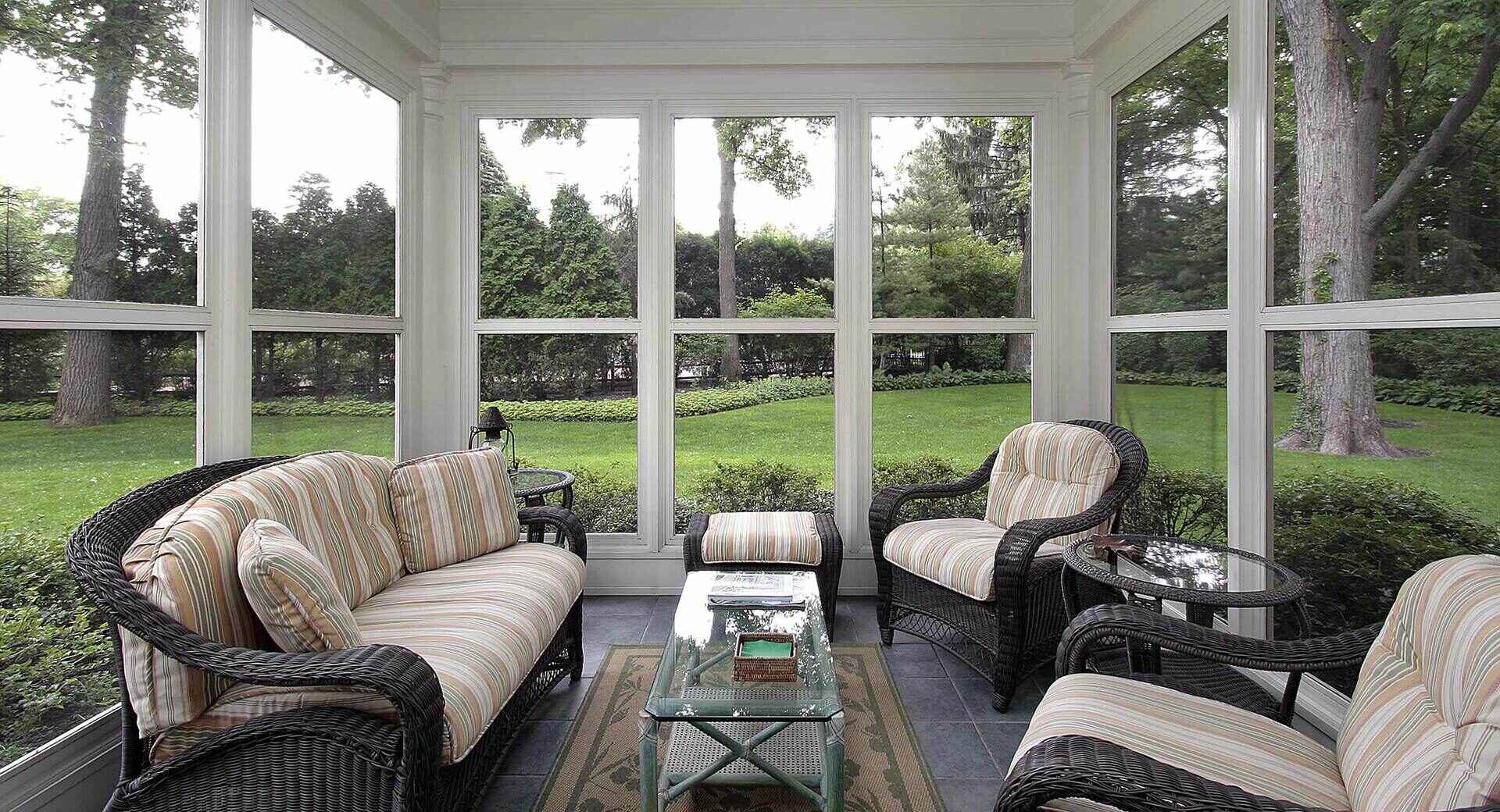
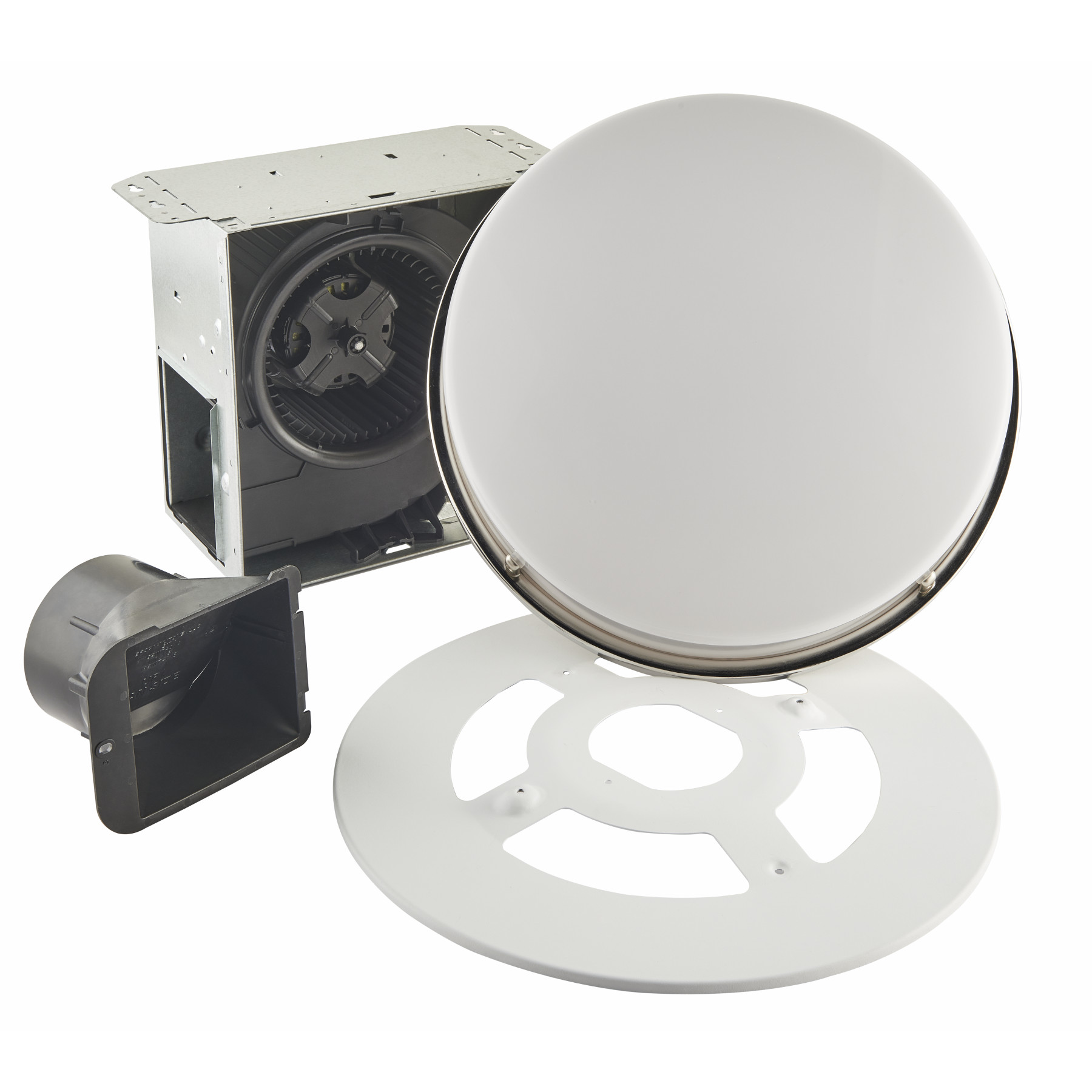
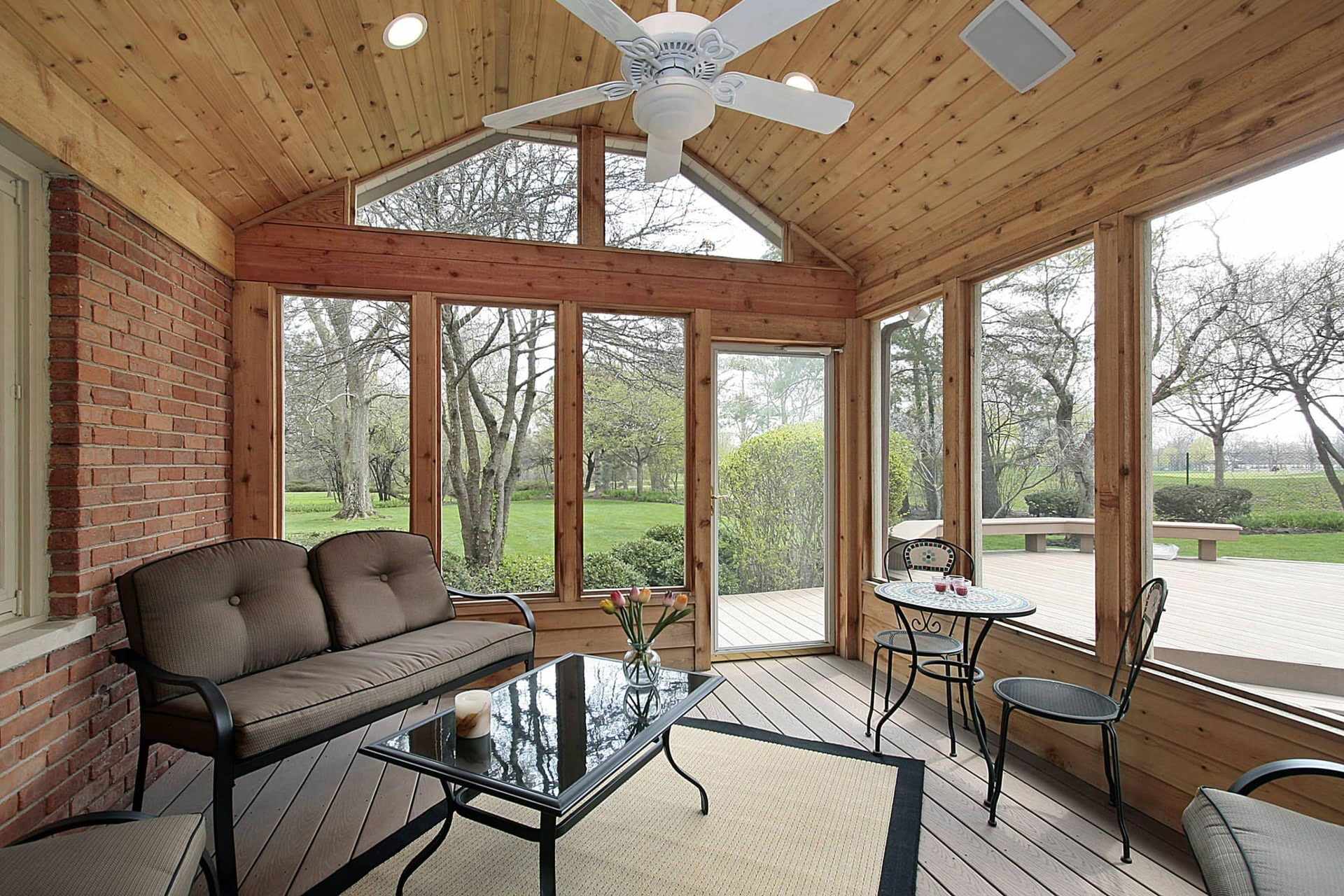

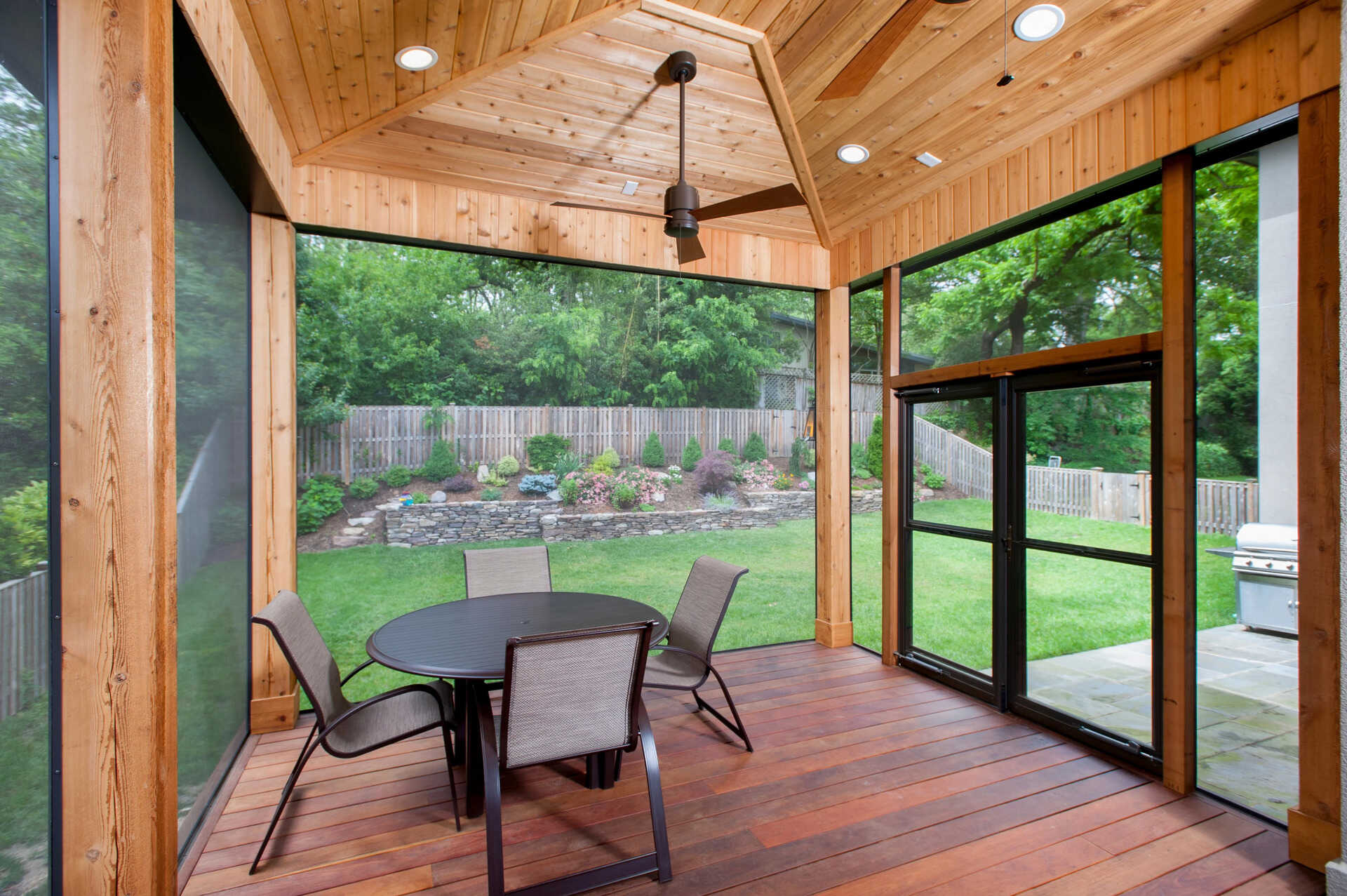
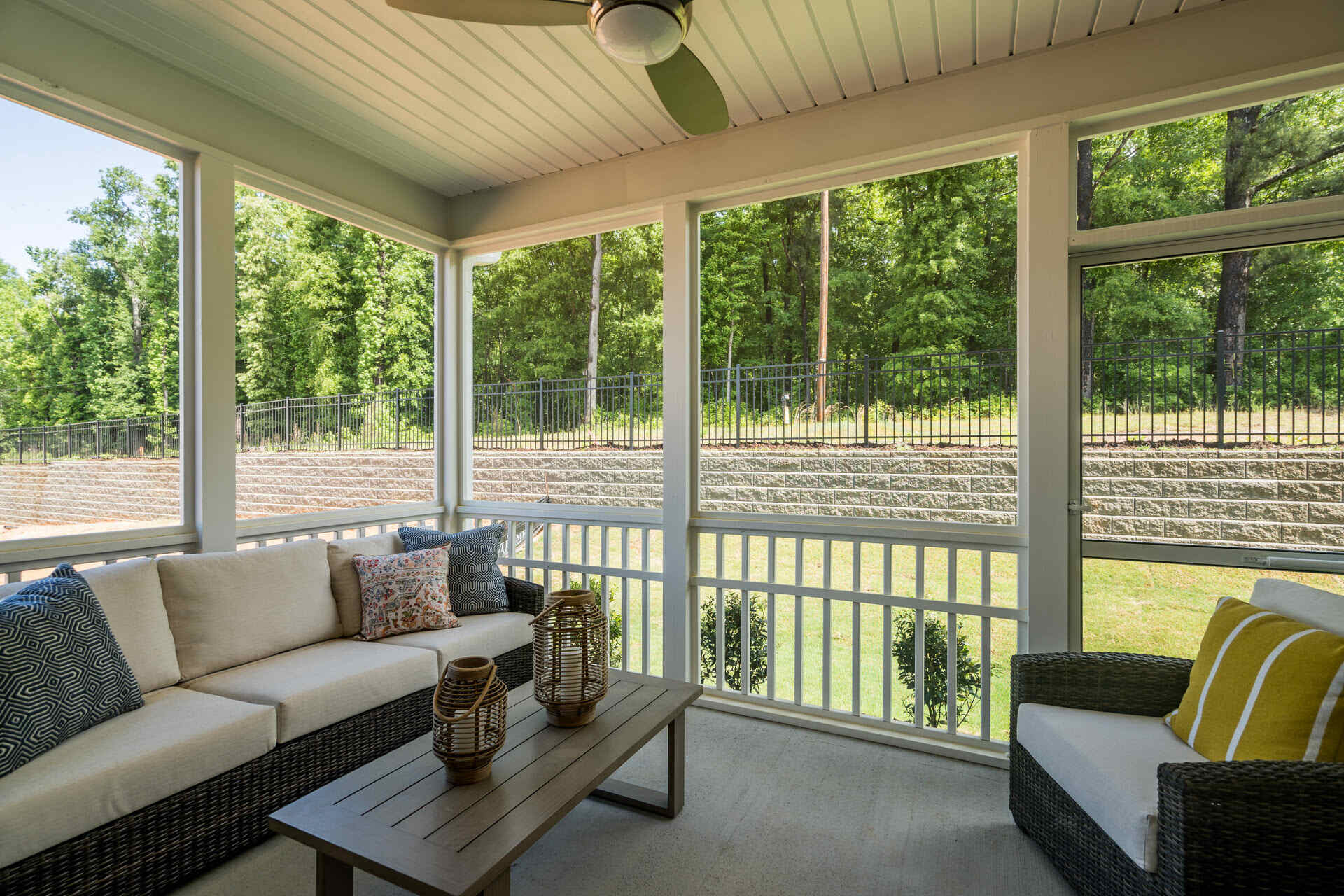
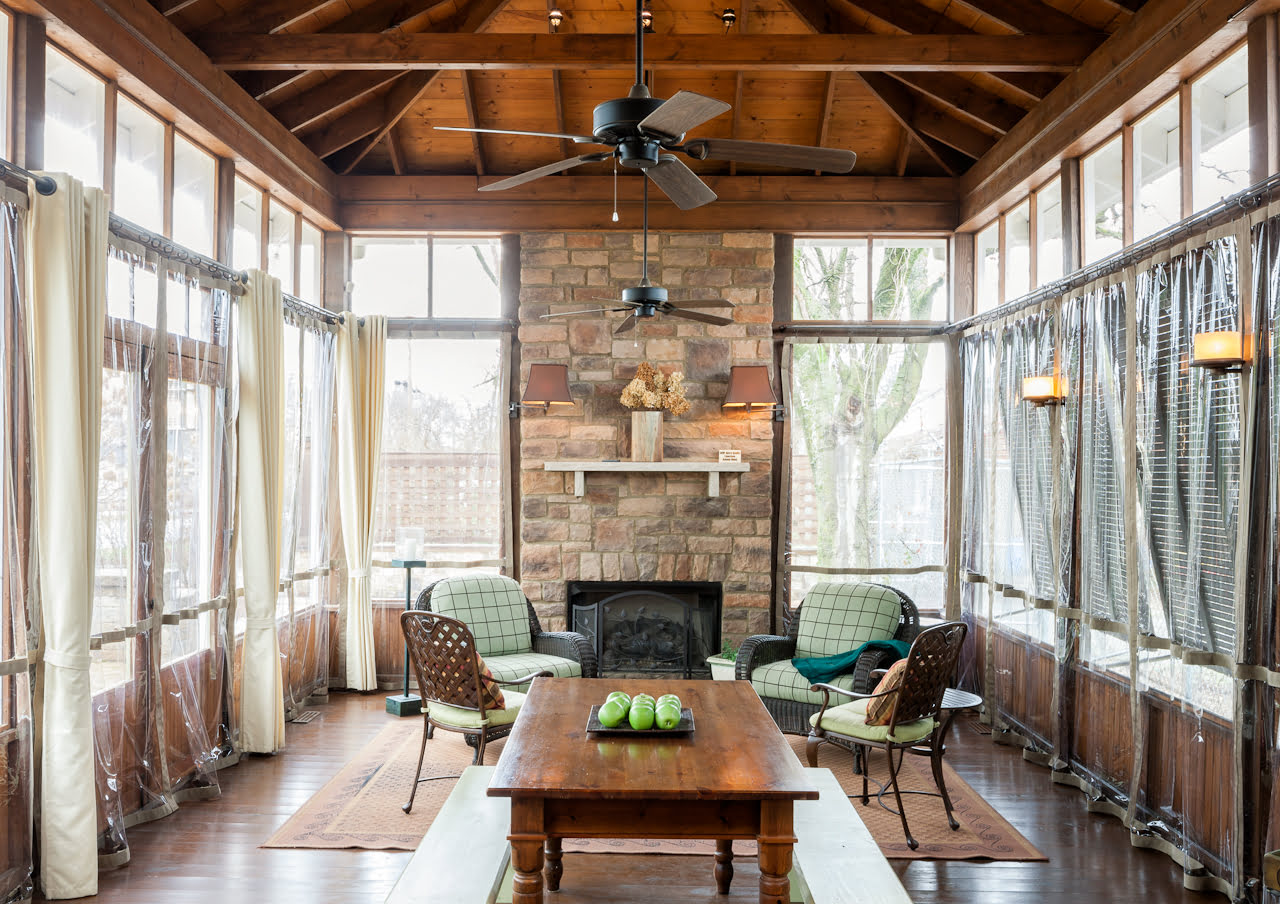

0 thoughts on “How To Stop Rain From Coming In Screen Porch”